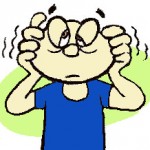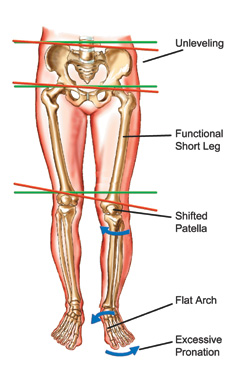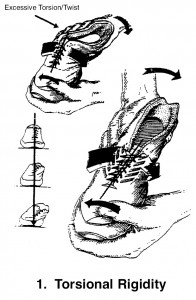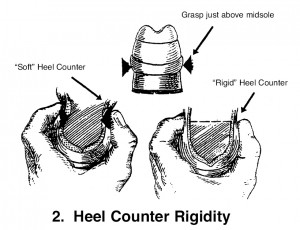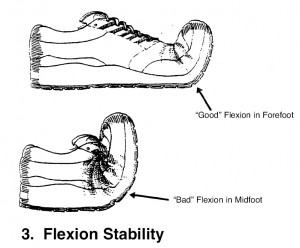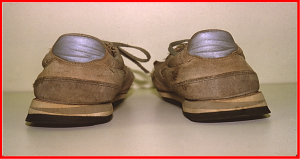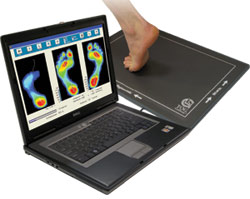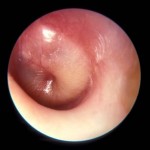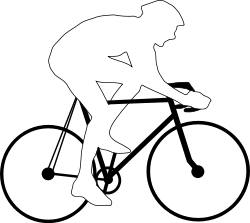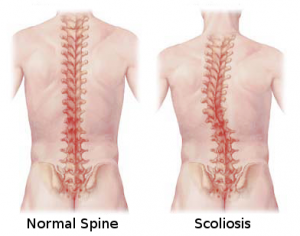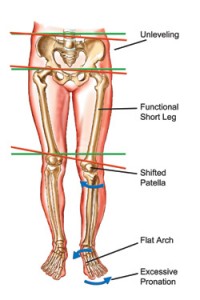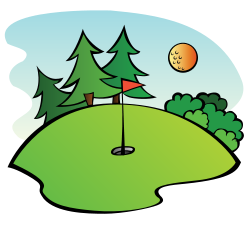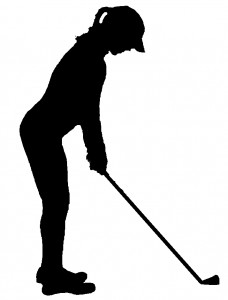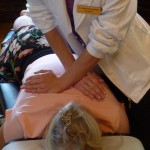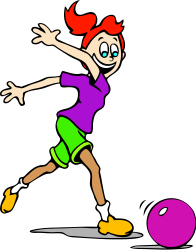What is Inflammation?
 Inflammation is a natural process with the biological purpose to initiate healing by increasing circulation. It is a complex process involving both the immune system and vascular system and the interplay of various chemical mediators. Increased circulation brings white blood cells and nourishment to the site of injury or infection so that invading pathogens are killed and damage may be repaired. Characteristic signs of inflammation include pain (dolor), heat (calor), swelling (tumor) and redness (rubor).
Inflammation is a natural process with the biological purpose to initiate healing by increasing circulation. It is a complex process involving both the immune system and vascular system and the interplay of various chemical mediators. Increased circulation brings white blood cells and nourishment to the site of injury or infection so that invading pathogens are killed and damage may be repaired. Characteristic signs of inflammation include pain (dolor), heat (calor), swelling (tumor) and redness (rubor).
When Inflammation Goes Awry:
While some inflammation is beneficial and appropriate for healing, chronic or excessive inflammation, serving no purpose produces damage. Chronic inflammation has a bad reputation because it is implicated in various disease processes including (but not limited to)…
Soft tissue swelling and chemical mediators involved in inflammation can also irritate nerve endings, contributing to pain.
What is the Anti-Inflammatory Diet?
It is a well-known fact that different foods are metabolized differently, some promoting inflammation and others reducing it. The purpose of the anti-inflammatory diet is to promote optimal health and healing by choosing foods that reduce inflammation. If one can successfully control excessive inflammation through natural means (like through diet), it reduces one’s dependance on anti-inflammatory medications that have unwanted and unhealthy side effects and don’t solve the underlying problem. While anti-inflammatory medications (such as NSAIDs) are a quick fix to ease symptoms, they ultimately weaken the immune system by damaging the gastrointestinal tract which plays an important role in immune system function (1).
Anti-inflammatory Diet Basics:
In general, eat an abundance of fresh vegetables and fruits, whole grains, anti-inflammatory fats and nuts while limiting processed foods, meat protein, milk products, refined sugars, artificial colours/flavours/sweeteners and food sensitivities.
Vegetables:
Eat and Enjoy:
Enjoy an abundance of fresh vegetables and fruits in a variety of colours (preferably organic). Fruits and vegetables are full of vitamins, minerals, antioxidants and fibre which give the body the essential building blocks for health. Examples include beans, squash, lintels, sweet potatoes, cruciferous vegetables, avocados, dark leafy greens… There are so many choices! As for fruits, pineapple and papaya are particularly good because they are high in bromelain, a powerful natural anti-inflammatory. Fruits and vegetables also make great, healthy snacks.
Avoid / Limit:
Avoid produce that is not grown organically. Toxic chemical residues from herbicides and pesticides can remain and when ingested are foreign irritants to the system. Many crops in North America are also genetically engineered and are put on the market without rigorous scientific study to determine safety for human consumption. Independent research is finally being done to show toxic effects of consuming genetically modified organisms (2). Foreign DNA is randomly inserted into the genome of a crop. Examples include herbicide resistant corn and soy which are resistant to the herbicide Roundup, made by Monsanto. Roughly 90% of all corn and soy sold in North America is genetically modified. Also be aware of derivatives of genetically modified ingredients (such as corn starch and corn syrup etc.). It has also been suggested that consuming GMOs is a contributing factor to the rise in allergies as our bodies are recognizing these food substances as foreign (3). By choosing items with the “certified organic” label, you avoid both GMOs and toxic herbicides/pesticides.
For some people, vegetables in the nightshade family may pose a concern. Examples of nightshade vegetables include tomatoes, peppers, potatoes and eggplant. Nightshades contain alkaloids which are thought to exacerbate inflammation and joint damage in certain susceptible individuals with arthritis (though research is conflicting). Thus, for some individuals, limiting or avoiding nightshade vegetables may be beneficial.
Fats:
Eat and Enjoy:
Enjoy healthy, anti-inflammatory fats including olive oil, coconut oil, avocados, nuts, salmon and sardines. In humans, there are two essential fatty acids, alpha-linolenic acid (an omega-3) and linoleic acid (an omega-6). These are “essential” because they are required for good health but the body does not synthesize them. Omega-3 fats are anti-inflammatory. Omega-6 fats can be pro-inflammatory or anti-inflammatory (as it can be metabolized by two different pathways). Researchers suggest that keeping the ratio of omega-6 to omega-3 between 2:1 and 4:1 is best for health. The modern diet tends to be high in omega-6 as it is abundantly available in cooking oils. Thus, including rich sources of omega-3 is important (such as fish, flax and walnuts especially).
Avoid / Limit:
Fats to limit or avoid include margarine, butter, shortening, hydrogenated oils, trans fats, saturated fats, and milk fat. Omega-6 fats are very high in corn oil, safflower oil and sunflower oil. Trans fats are linked with inflammatory diseases (4).
Meat:
Eat and Enjoy:
In general, limit animal proteins because they tend to acidify the body and also promote inflammation. When selecting animal protein, enjoy fish, poultry (especially free-range and organically raised), lamb and omega-3 eggs.
Avoid / Limit:
Limit beef, pork, shellfish and factory farmed eggs. In general, grass-fed is superior to grain-fed. Avoid charred foods, smoked foods and cold cuts. Cold cuts contain nitrates and nitrites which promote cancer. Barbequed foods contain polycyclic aromatic hydrocarbons (PAHs) and heterocyclic amines (HCAs) which also promote cancer.
Dairy:
Eat and Enjoy:
Enjoy dairy substitutes in moderation (such as almond milk).
Avoid / Limit:
Avoid or limit dairy products in general. This includes milk, yogurt, cheese and ice cream. As we age, we lose the enzyme that digests dairy, resulting in lactose intolerance and inflammation. The milk protein, casein, is also acidifying which (despite what many people are brought up thinking) robs the bones of calcium.
Grains:
Eat and Enjoy:
Enjoy whole grains as opposed to refined grains. Refined grains are grains in which the germ and bran have been removed. This means there is loss of fiber, minerals and vitamins. In other words, the good stuff is removed in exchange for a longer shelf life. Some good examples of healthy grains include (organic) whole wheat/oats/bulgar/coucous, quinoa and whole oats (like steel-cut oats).
Whole grains are also a rich source of complex carbohydrates. Complex carbohydrates (as opposed to simple sugars) will prevent spikes in your blood sugar level. Sugar promotes inflammation.
Avoid / Limit:
Avoid or limit refined carbohydrates such as white bread, pastries, sweet things and pastas.
Nuts:
Eat and Enjoy:
Enjoy nuts and nut butters such as almonds, walnuts, sesame seeds, pumpkin seeds and flax.
Avoid / Limit:
Avoid any specific nut allergies.
Beverages:
Eat and Enjoy:
Enjoy plenty of pure, filtered water (avoiding chlorine, fluoride and other contaminants which are irritants that promote inflammation). Other great choices are lemon water and herbal teas.
Avoid / Limit:
Avoid sugary sodas, fruit juice (with sugar added) and milk.
Spices:
Eat and Enjoy:
Many spices reduce inflammation. Some great examples are turmeric, oregano, rosemary, ginger, garlic and cinnamon. Bioflavenoids and polyphenols reduce inflammation and fight free radicals. Cayenne pepper is also anti-inflammatory, as it contains capsicum. Capsicum is often used in pain-relief creams.
Sweeteners:
Eat and Enjoy:
Enjoy stevia, molasses, maple syrup or honey as better alternatives for refined sugar.
Avoid / Limit:
Avoid refined sugar, fructose and especially high fructose corn syrup which promote inflammation. Avoid artificial sweeteners.
Other:
Eat and Enjoy:
Enjoy fermented foods such as kimchi, miso soup and sauerkraut. Fermented foods are probiotic and help to rebuild the immune system by supporting healthy microflora in the gut and to reduce inflammation. Fermented foods also tend to be easy to digest and are also factories for B vitamins.
Avoid / Limit:
In general, eliminate processed foods, artificial colours, artificial flavours and preservatives. Also avoid foods that you have a known sensitivity or allergy to as this promotes inflammation. Low grade sensitivities are easy to miss, so if you’re unsure, have a food allergy test. Some of the most common problem foods include wheat (gluten), corn, soy, milk and nuts.
Everything we need for health, can be found in nature. We just need to choose well. If you need help and ideas of what to eat, there are plenty of anti-inflammatory diet recipe books available.
What Else Can You Do to Reduce Inflammation?
-
Chiropractic care boosts immune system and reduces inflammation!
-
Reduce exposure to environmental toxins (such as smoke)
-
Reduce stress (5)
-
Certain types of exercise reduce inflammation – specifically, long term, gradually progressive training, avoiding over-exertion (6)
-
Singh G & Triadafilopoulos G. (1999). Epidemiology of NSAID induced gastrointestinal complications. The Journal of Rheumatology, Supplement; 56:18-24.
-
Seralini, GE, Clair E & Mesnage R et al. (Sept. 2012). Long term toxicity of a Roundup herbicide and a Roundup-tolerant genetically modified maize. Food and Chemical Toxicology.
-
S. J. Khan, S. Muafia, Z. Nasreen and A.M. Salariya. (2012). Genetically Modified Organisms (GMOs): Food Security or Threat to Food Safety. Pakistan Journal of Science; 64(2):85-91.
-
Lopez- Garcia, E, Schulze, M & Meigs, J et al. (2005). Consumption of Trans Fatty Acids Is Related to Plasma Biomarkers of Inflammation and Endothelial Dysfunction. Nutritional Epidemiology; 135:562-566.
-
Cohena, S, Janicki-Deertsa, D & Doyleb, W et al. (2012) Chronic stress, glucocorticoid receptor resistance, inflammation, and disease risk. Psychological and Cognitive Sciences.
-
Ploeger HE, Takken T, de Greef MH, Timmons BW (2009). The effects of acute and chronic exercise on inflammatory markers in children and adults with a chronic inflammatory disease: a systematic review. Exerc Immunol Rev. 2009;15:6-41.
Dr. Elisabeth Miron
Did you enjoy this article? Click the “like” button or share it with your friends!
www.MironDC.ca
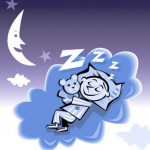 Having a restful sleep is fundamental to overall health, restoration, relaxation and well-being. If you are plagued by insomnia or are frequently fatigued, consider these tips. If you are still having problems, you may consider having a sleep study to identify any problems. A sleep study – or polysomnography – records physiological changes during sleep like heart rate, breathing rate, muscle activity, eye movements and brain function.
Having a restful sleep is fundamental to overall health, restoration, relaxation and well-being. If you are plagued by insomnia or are frequently fatigued, consider these tips. If you are still having problems, you may consider having a sleep study to identify any problems. A sleep study – or polysomnography – records physiological changes during sleep like heart rate, breathing rate, muscle activity, eye movements and brain function.